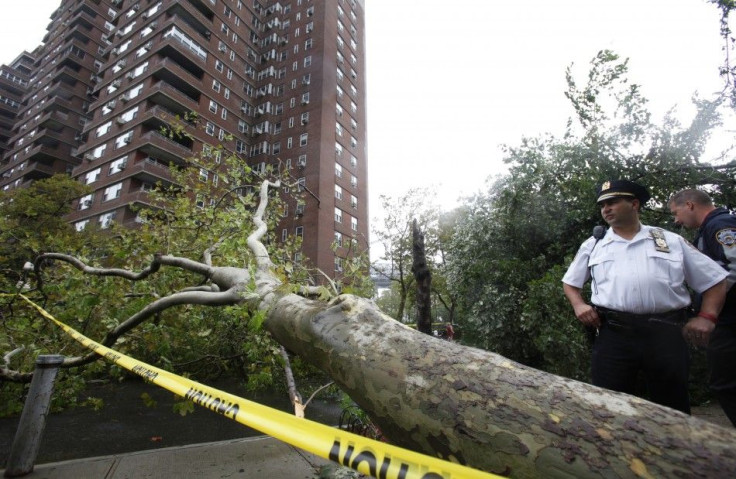U.S. Gulf Coast Gets Notice: Tropical Cyclone Forming in Gulf: NHC

The next hurricane serious hurricane threat to the U.S. may not be Hurricane Katia. A new low-pressure system has developed in the Gulf of Mexico that the National Hurricane Center says is likely to become a tropical cyclone in the next two days and threaten the U.S.
The unnamed storm has a good chance of threatening U.S. states on the northern Gulf Coast -- areas hit by Hurricane Katrina in 2005.
The developing system is now over the central part of the gulf and it has already caused some international oil and gas companies including BP to evacuate workers from offshore platforms.
BP Plc became the first major oil producer on Wednesday to say it was evacuating more than 500 non-essential workers from platforms in the Southern Green Canyon area. London-based BP said it is preparing for a potential shut down in the Gulf region if necessary should the storm escalate.
Based in Miami, the National Hurricane Center says the low pressure area is producing a large mass of clouds, thunderstorms and gusty winds while it heads slowly to the northwest.
This system has a high chance... 70%... of becoming a tropical cyclone during the next 48 hours... Interests along the entire northern Gulf of Mexico coast should monitor the progress of this disturbance, the NHC said.
Computer models show the still-developing system could strike the coasts of Texas and Louisiana, and possibly Mississippi. If the system reaches tropical storm strength, it will be name Lee. The storm would become the 12th named storm of the 2011 Atlantic hurricane season.
Meanwhile, though current forecasts don't show a high probability of a U.S. strike, Hurricane Katia is likely to become a major storm this weekend, and an eventual threat to the U.S. has not been ruled out.
The National Hurricane Center said Thursday Katia, now about 1,000 miles east of St. Lucia in the Caribbean, is on a projected path to be well east of the Bahamas and south of Bermuda by Sept. 6. Katia has winds near 75 miles per hour, and the storm is moving west at 20 miles per hour.
Katia is the second hurricane of the 2011 Atlantic season, after Hurricane Irene, and though models are uncertain after early next week some examples do show the storm could make U.S. landfall. The Atlantic hurricane season typically brings 11 or 12 named storms. Katia is already the 11th and with half of the season still ahead, revealing that this season is quite after after several quiet years.
Strengthening is forecast during the next 48 hours, the NHC said. Katia could become a major hurricane by the weekend.
Katia is now a Category 1 storm on the five-step Saffir-Simpson scale. Major hurricanes, Category 3 on the scale, have winds greater than 110 mph -- and Katia is likely to reach that.
The NHC forecast shows Katia becoming a major hurricane by the weekend but sees its center missing the Caribbean islands on its north-westward track. Forecasters say it is still too early to say with certainty that the hurricane poses no threat to the US eastern seaboard.
However, some long-range computer models, which can be off by hundreds of kilometres, show Katia eventually swinging north toward the mid-Atlantic island of Bermuda, away from the US coast.
© Copyright IBTimes 2024. All rights reserved.











